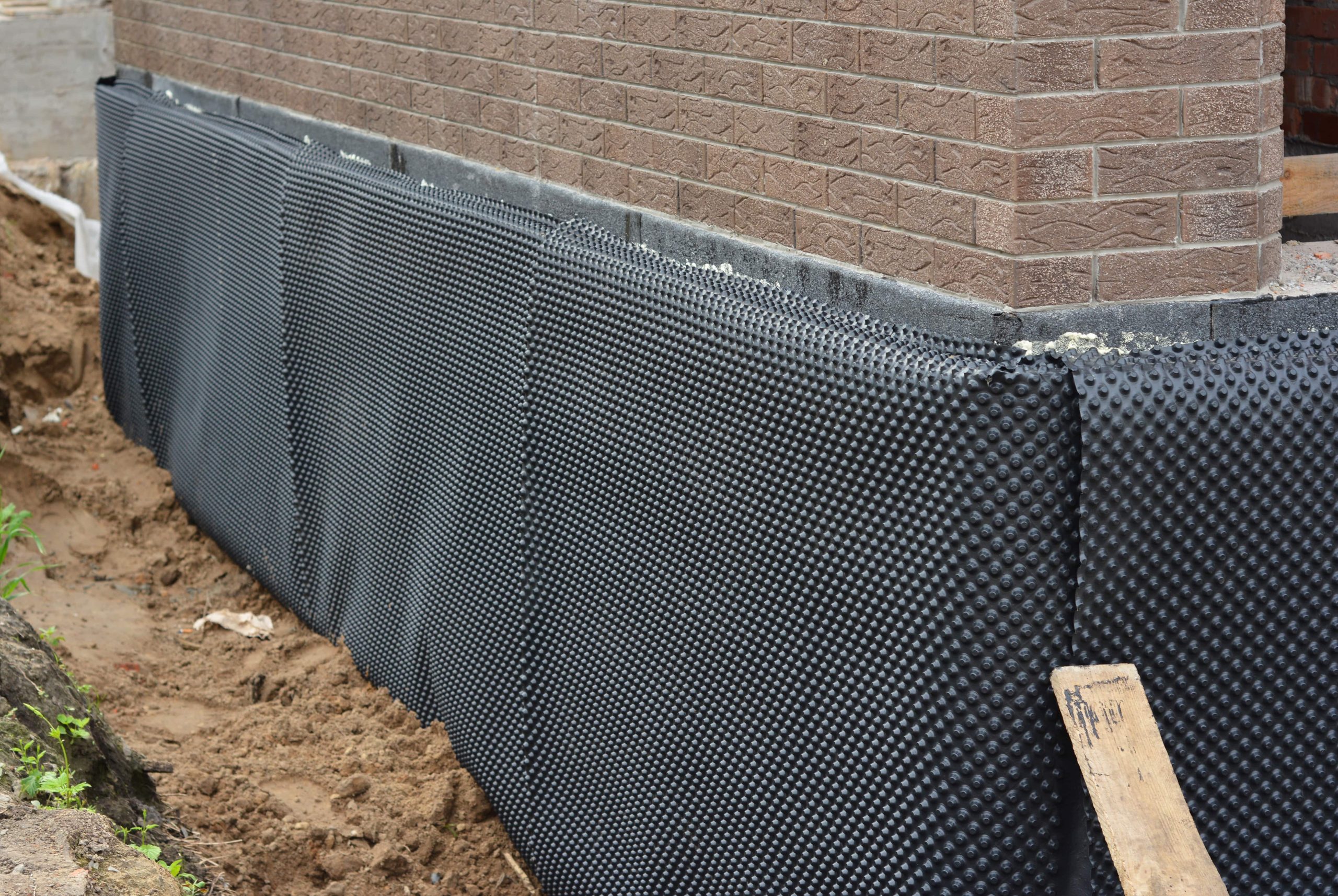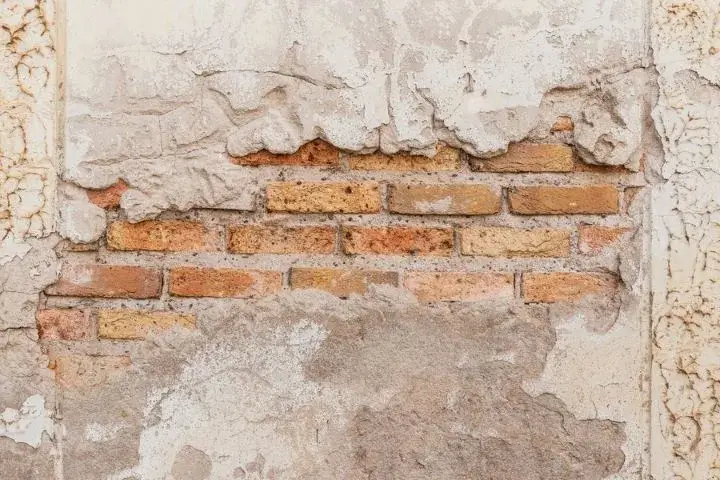Exploring the Various Strategies and Solutions for Effective Damp Proofing
Wetness in buildings positions significant difficulties to both structural stability and indoor air quality. Different methods and solutions have emerged to battle this pervasive problem. From typical damp-proof membranes to cutting-edge chemical treatments, each approach supplies one-of-a-kind advantages. Recognizing these options is essential for effective dampness control. Nonetheless, picking the right remedy depends upon specific building conditions and needs, motivating additional expedition into the most effective wet proofing techniques available.
Recognizing the Causes of Dampness
Moisture can arise from various sources, comprehending these reasons is important for effective removal. Typically, moisture stems from 3 main resources: climbing wet, passing through wet, and condensation. Climbing wet occurs when groundwater takes a trip up-wards via porous products, such as block or rock, commonly due to a lack of an effective barrier (damp specialist newcastle). Penetrating damp is normally brought on by outside factors, including roofing system leaks, malfunctioning rain gutters, or damaged walls, permitting water to infiltrate a property. Condensation, on the various other hand, arises from excess dampness in the air, usually intensified by inadequate ventilation and temperature level distinctions, bring about water droplets creating on surface areas. Identifying these underlying issues is essential, as each type of dampness requires a customized technique for remediation. Proper evaluation helps in establishing the most reliable remedies, eventually securing the architectural integrity of a building and boosting indoor air quality
Typical Damp-Proof Membranes

Chemical Damp-Proofing Solutions
Chemical damp-proofing options offer an innovative approach to stop dampness invasion in buildings. These techniques usually include the application of fluid chemicals that permeate masonry and create a barrier versus rising damp. Typically used chemicals consist of silanes, siloxanes, and other water-repellent agents that react with surface products to create a hydrophobic layer.The application procedure normally requires drilling openings into the wall surfaces, infusing the chemical remedy, and enabling it to heal. This technique is especially advantageous for older frameworks where traditional damp-proof membranes may be unwise. Moreover, chemical damp-proofing can be much less turbulent and extra affordable than substantial renovation projects.While effective, these options depend on proper application and ecological problems for peak performance. Routine maintenance and tracking are important to guarantee the long life of the damp-proofing treatment. Generally, chemical damp-proofing represents a functional option for guarding buildings versus moisture-related damages
Dental Caries Wall Surface Building Techniques
Cavity wall surface building and construction strategies use various advantages, especially in moisture control and energy efficiency. By including an air gap in between two layers of stonework, these wall surfaces efficiently minimize water ingress while improving insulation. This combination not just protects structures from wetness yet additionally adds to decreased power consumption.
Benefits of Dental Caries Wall Surfaces
When thinking about effective damp proofing techniques, the advantages of dental caries wall surfaces stand apart plainly. Tooth cavity wall surfaces consist of 2 different layers, developing an air void that successfully minimizes wetness infiltration. This design reduces the risk of dampness, as the outer wall surface functions as a barrier versus rain and water access. Furthermore, dental caries wall surfaces improve thermal insulation, which adds to power efficiency by decreasing warm loss. They also offer audio insulation, helping to develop a quieter indoor atmosphere. The air space permits for air flow, which assists in dampness control and reduces the possibility of mold development. These advantages not just improve the general comfort of a structure but likewise add to its long life and structural stability.
Moisture Control Methods
Effective dampness control approaches are essential in dental caries wall construction to assure long-lasting defense against wetness. One main technique entails the incorporation of weep openings, which help with water drainage from the tooth cavity, avoiding build-up. In addition, using breathable membrane layers can help take care of wetness levels while permitting caught vapor to leave. Proper placement of insulation is also crucial, as it must not obstruct drainage courses. In addition, making certain that the outer fallen leaves of the tooth cavity wall are built with water-resistant materials enhances total durability. Normal maintenance checks are necessary to determine any clogs or damages early, safeguarding the framework's stability. Ultimately, a mix of these techniques forms a durable defense versus moisture invasion in dental caries walls.
Insulation and Energy Effectiveness
Insulation plays an essential role in boosting power efficiency within cavity wall surface construction. By incorporating protecting products, these wall surfaces create a thermal barrier that minimizes warm loss and decreases power usage. Reliable insulation not only assists keep a stable indoor temperature level however additionally reduces the risk of moisture, as it protects against condensation within the wall surface cavity. Various methods, such as the usage of inflexible foam boards or mineral woollen, can be used to achieve excellent insulation performance. Additionally, appropriate setup is vital to assure that spaces and spaces are lessened, which can otherwise endanger energy efficiency. Ultimately, a well-insulated cavity wall surface adds considerably to general sustainability and decreases home heating and cooling prices for homeowners.
Exterior Damp Proofing Techniques
Exterior moist proofing techniques are vital for safeguarding structures from wetness seepage. Two reliable methods include the application of water-proof membranes and the installation of French drains pipes. These remedies assist reduce water accumulation and preserve the integrity of buildings.
Waterproof Membrane Application
While different methods exist for avoiding moisture ingress, the application of waterproof membrane layers continues to be a very effective outside wet proofing technique. These membrane layers are normally made from products such as polyethylene, rubber, or changed bitumen, giving a durable obstacle versus water penetration. The setup more info procedure includes applying the membrane layer to the external surface areas of wall surfaces or structures, ensuring total coverage to avoid leaks. Appropriate attachment and sealing at joints are vital to making the most of performance. Water-proof membranes can be used in various kinds, consisting of fluid layers and sheet membranes, permitting adaptability based upon the specific needs of the structure. This approach not only shields structures from moisture however likewise boosts their long life and architectural honesty.
French Drain Installation
One effective approach for managing groundwater and avoiding moisture accumulation around a building's foundation is the installation of a French drain. This water drainage system contains a trench filled up with crushed rock and a perforated pipe that redirects surface area water away from the foundation. Correct installation needs mindful planning, making sure that the drain inclines away from the structure to help with suitable water flow. Additionally, the area of the drain is vital; it must be positioned in locations susceptible to pooling or excess wetness. Regular maintenance, consisting of cleaning particles from the gravel and making sure the pipeline stays unobstructed, is important for long-lasting performance. Inevitably, a well-installed French drainpipe can significantly lower the risk of water-related concerns in structures and cellars.
Interior Waterproofing Strategies
Inside waterproofing strategies are crucial for shielding a building's interior from dampness seepage and potential water damages. These approaches usually include the application of customized materials and methods created to develop a moisture obstacle within the structure. One typical strategy is using water-proof coatings or sealers on wall surfaces and floorings, which avoid moisture from penetrating surfaces.Additionally, installing indoor drainage systems, such as sump pumps, can properly take care of water build-up in basements and creep spaces. An additional technique includes making use of vapor obstacles, which are set up to inhibit moisture movement from the ground into living spaces.Moreover, addressing any type of splits or spaces in wall surfaces or foundations with ideal sealers guarantees an extensive defense versus water invasion. By executing these interior waterproofing approaches, property owners can substantially minimize the threat of mold and mildew development, architectural damage, and other moisture-related issues. Correct execution of these methods is necessary for long-lasting defense and structure honesty.
Regular Maintenance and Examination Practices
Normal maintenance and assessment practices are important for ensuring the lasting effectiveness of wet proofing solutions in any structure. Regular checks make it possible for homeowner to recognize very early indications of moisture invasion, such as peeling paint, mold and mildew growth, and moldy smells. These indicators can signal underlying concerns that require instant attention.Inspections must be carried out at the very least annually, concentrating on vulnerable areas like basements, crawl rooms, and exterior walls. During these evaluations, homeowner must analyze sealants, water drainage systems, and ventilation to validate they operate correctly.Additionally, keeping seamless gutters and downspouts is essential, as clogged up systems can cause water accumulation near the structure. Applying a normal maintenance schedule, in addition to timely repairs, can substantially expand the life expectancy of moist proofing procedures and protect the structural honesty of the structure. Proactive steps eventually contribute to the total health and wellness and safety and security of the living atmosphere.
Often Asked Inquiries
The Length Of Time Does Damp Proofing Generally Last?
The duration of damp proofing efficiency varies, typically lasting in between 20 to half a century. Aspects such as application high quality, ecological problems, and upkeep techniques significantly affect the long life of the moist proofing therapy.

Can I Damp Evidence My Home Myself?
The private contemplated the expediency of do it yourself damp proofing. With correct research and the right materials, it is feasible. They also recognized the value of specialist guidance to assure long-lasting effectiveness and protect against future concerns.
What Are the Indicators of Inadequate Damp Proofing?
Indications of ineffective moist proofing consist of consistent musty smells, noticeable mold development, peeling off paint, damp patches on walls, and wood degeneration - damp removal newcastle. Home owners ought to resolve these concerns without delay to avoid more damages and wellness issues
Does Damp Proofing Affect Indoor Air Top Quality?

Just How Much Does Professional Damp Proofing Price?
Professional moist proofing prices differ substantially, normally varying from $1,000 to $5,000 depending on the home's dimension, the level of the wet problem, and picked methods. Each circumstance requires a customized evaluation for exact prices. Typically, moisture originates from three primary resources: increasing moist, passing through wet, and condensation. When considering effective damp proofing methods, the advantages of tooth cavity wall surfaces stand out plainly. Outside wet proofing methods are important for shielding structures from moisture infiltration. While different approaches exist for stopping wetness ingress, the application of waterproof membrane layers remains a very efficient outside damp proofing strategy. Indicators of inadequate damp proofing include persistent moldy odors, noticeable mold growth, peeling off paint, damp patches on walls, and timber decay.